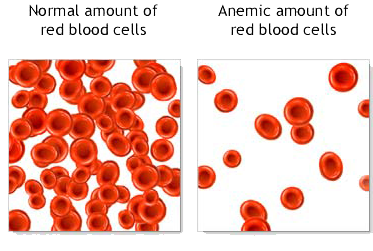|

"Left Ventricular Hypertrophy LVH was diagnosed in 56% patients. Incidence of LVH was directly related to the severity of anemia (p = 0.017)
This was a 2007 study on the incidence of left ventricular hypertrophy (LVH) during the predialysis stage of chronic kidney disease and after kidney transplant. Following kidney transplant LVH incidence was lower. Also after transplant proteinuria was less and creatinine of course was improved. "
"The presence of high blood pressure in PKD appear to be related to renal failure and LVH (enlarged heart). Patients with LVH had a worse renal survival."
"CONCLUSION: A prolonged course of ACE-inhibitor therapy is effective in regressing the persistent LVH of renal transplant recipients by mechanisms independent of effects on BP. This regression seems to be at least in part the effect of an interaction between ACE inhibitors and cyclosporine."
"Left ventricular hypertrophy, a major cardiovascular risk factor, was decreased to a significantly greater extent by rigorous BP control. This finding has particular clinical importance because cardiovascular complications are the most common cause of death in ADPKD patients."
|
Anemia is oftentimes present with PKD
As kidney cells become damaged from cysts, the cells that create erythropoietin also become damaged. Anemia needs to be corrected as it puts an extra strain on the heart muscle by having to pump anemic blood throughout the body. The heart tries to pump harder when the oxygen delivered to cells is low, and an accumulation of exhausts, such as carbon dioxide, will actually relax blood vessels and lower the diastolic pressure. Fatigue relates not only to a lack of adequate oxygen supply and metabolism at a tissue level, but to the build up of acids as cells shifts to anaerobic or oxygen-free mechanisms to make energy. These are short-lived processes, produce a great deal of acid in the tissues.
There was a study done on the post mortem autopsy reports of 10,000 individuals who had died after a procedure was performed on them clearing their blood vessels of clots. Most of the people who died had not re-clotted their blood vessels. The blood vessels remained open. The heart muscle itself, the left ventricle was in a state of oxygen loss; it was in acidosis. The clearing of acids had become too great for the body and it was unable to recover.
The number one cause of death of individuals with polycystic kidney disease is left ventricular hypertrophy LVH, or enlargement of the ventricle muscle of the heart. This portion of the heart muscle has to work extra hard pumping blood through the body quickly attempting to rush it to the kidneys so it can be rapidly changed to alkaline. This is intensified by an anemia. By maintaining an internal alkalinity, this assists the liver, kidneys and heart. |
![]() contact us
contact us